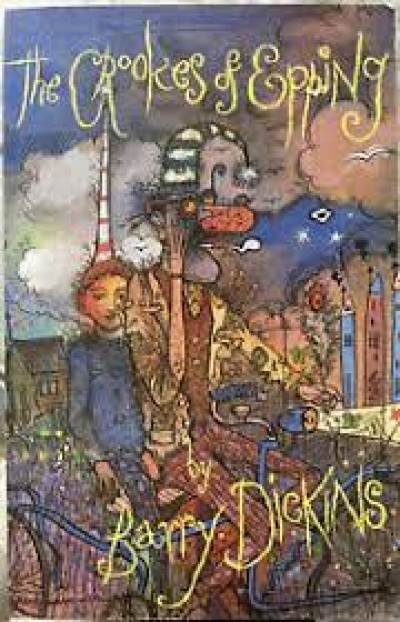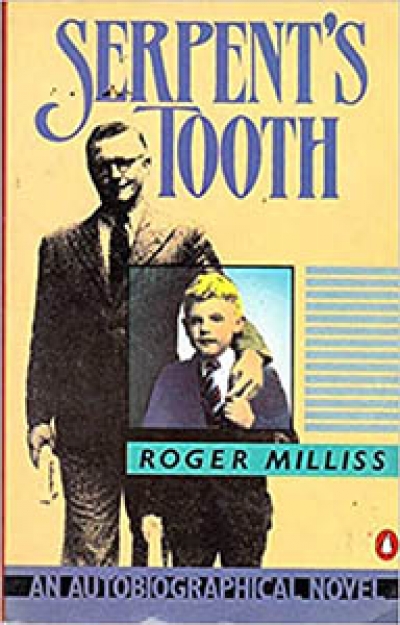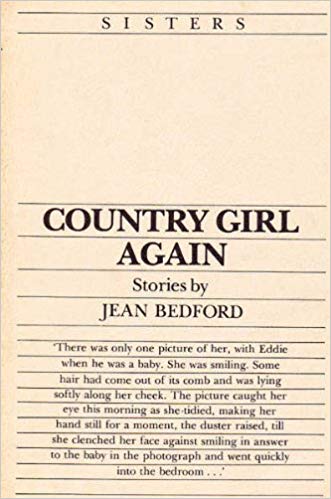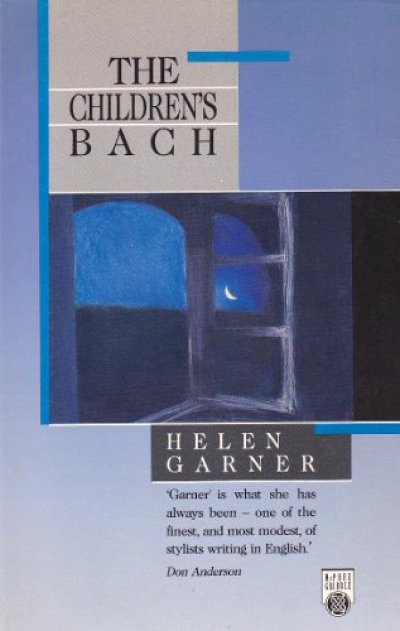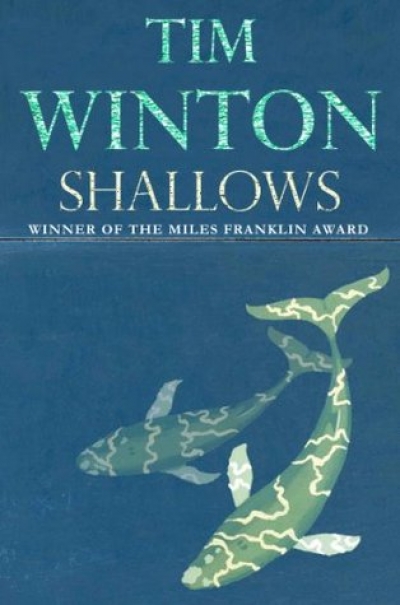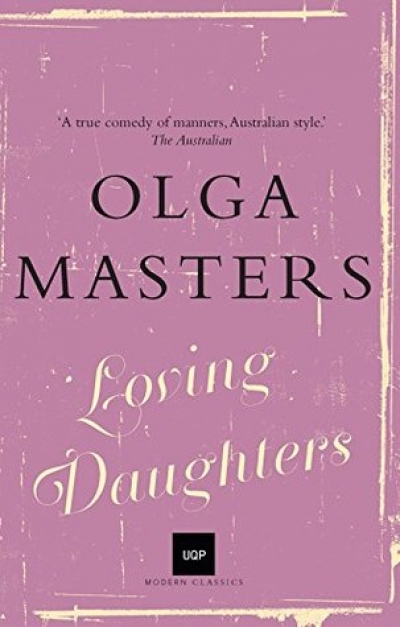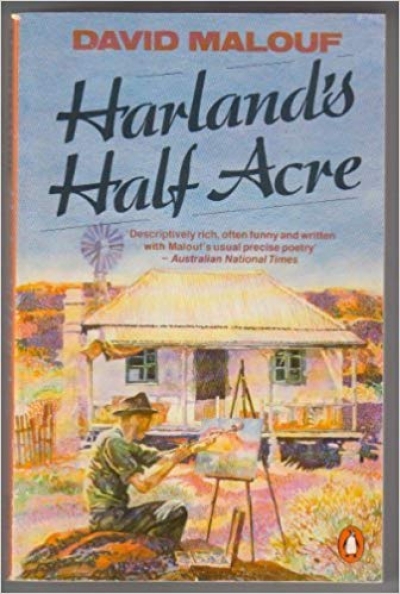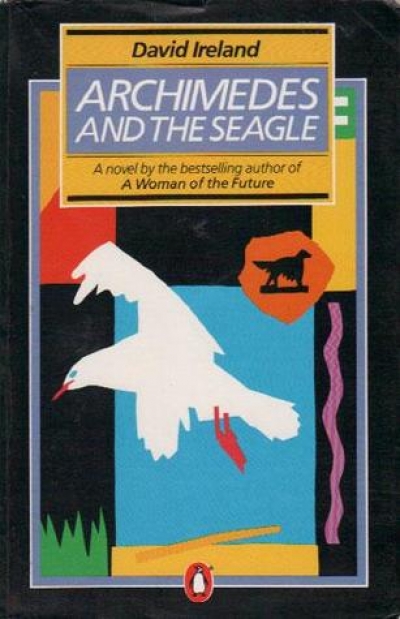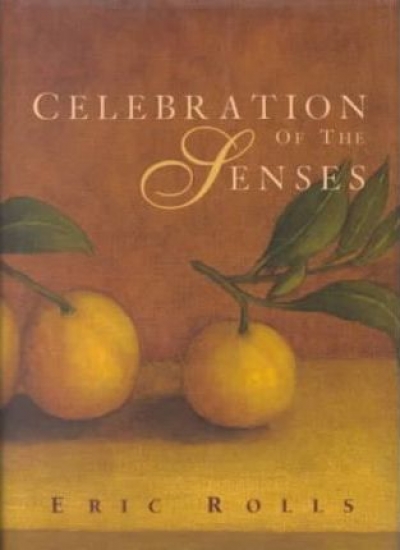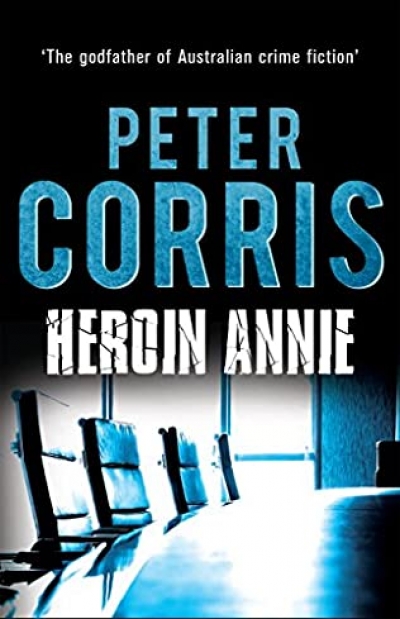Fiction
I must declare an interest. Dickins was once a student of mine and is still a friend. Readers of this review are invited to exercise their reservations.
I believe The Crookes of Epping is in the tragi-comic tradition of Charlie Chaplin which reaches back to one of the world’s greatest books, Don Quixote. In it pathos is as important an element as humour, wit and absurdity. It also has a connection with the earliest Greek Comedy in which the celebration of the God Dionysus was an important element.
... (read more)Serpent’s Tooth is a massive, sprawling novel. It is panoramic in its vision of twentieth century social and political history, and meticulous in its rendering of one man’s struggle to sustain the mighty ideal his father has inspired in him.
... (read more)The name of this collection, with its pastoral associations, is ironic. Here we have no neat opposition between the country and the city; instead the lyrical evocation of the countryside serves merely to emphasise the brutality that women suffer there as men exercise their economic power through sexual cruelty. This is particularly obvious in the first six stories, set in the previous generation, which lead up to the experience of the central character, Anne. Bella, for instance, of the story ‘Isabella’, has degenerated under the tyranny of her father from the proud Edwardian beauty in the parlour photographs to a ‘lazy fat slag’ (his words). Her ‘lair’ is a rural slum, her brain a swamp into which every scandal scarcely percolates: ‘… the pinpoint gleams of interest receding into the sluggish brain where she will mumble at the information for the rest of the day.’ Her death from gangrene parallels her mental decay. Mrs Scarr of ‘That Woman’, let down by her ‘gutless’ lover Lennie – ‘Usually he climbed through the rough orchard just after lunch and came to her back door red in the face and breathing hard. Today he came late …’ – must now find a new home for herself and her children. The child Danuta of ‘A Bad Influence’, pregnant at ten, having been exploited by all her male relatives – uncles, fathers, brothers – mimes her nocturnal experience to her school friend:
... (read more)The characters in Helen Garner’s new novella The Children’s Bach make up the kind of social molecule in at least one of which all of us feature as an atom.
... (read more)Shallows by Tim Winton & Goodbye Goldilocks by Judith Arthy
Those who read the gloomy criticisms of modern education by some educationalists might be pardoned for wondering whether any but the most privileged children nowadays can hope to gain mastery of their language or development of their mind and talent. Meanwhile, the talented young blithely make nonsense of crabbed and intolerant age. Paul Zanetti, aged twenty-three, wins the Walkely Award for a political cartoon. Paul Radley, while still in his teens, and Tim Winton, barely older, won Australian Vogel Awards and continue writing with force and imagination.
Winton is now twenty-four. Shallows is his second good novel. It is set in a fictional West Australian whaling town called Angelus. Although I have never been to Albany (where Winton had part of his education), I suspect I might find it recognisable after reading Winton’s devoted and detailed account of Angelus. The time of the action is now, or a year or so ago, but the story ranges through much history. Change is inevitable for whaling ports and industries but whether it should come abruptly or gradually is still debatable.
... (read more)With her first book, the short story collection The Home Girls, Olga Masters has made her ‘own’ a particularly neglected area of Australian life and a special way of seeing it. She also became an award winner in the 1983 NBC Awards for Australian Literature. Now, with her first novel, Loving Daughters she confirms the impression that a unique voice and an important one has joined the ranks of our major storytellers. Her territory is confined to the lives of ordinary country-folk in the period between the wars, in the present work the period around the early 1920s and the place a small farming township on the south coast of New South Wales.
... (read more)Apart from the theme of growth and adolescence (with which it often merges), perhaps the most common preoccupation of Australian novelists is the progress of a young man (usually) or woman towards artistic achievement and fulfilment. Frequently the field of art is pictorial. Patrick White’s The Vivisector, Thea Astley’s The Acolyte, Tony Morphett’s Thorskeld, and Barbara Hanrahan’s The Scent of Eucalyptus and Kewpie Doll, to name only those, all deal in some form or other with a painter of either actual or potential genius. It is, of course, one of the classic themes of twentieth-century fiction everywhere, but its pervasiveness among our writers suggests a selfconscious need to articulate the Australian experience and identity. Who better than the great artist to do it?
... (read more)Archimedes and the Seagle by David Ireland & Jane Austen in Australia by Barbara Ker Wilson
‘I wrote this book to show what dogs can do’, writes Archimedes the red setter in the preface to his book, and what follows are the experiences, observations, and reflections of a dog both ordinary and extraordinary. Archimedes’ physical life is constrained by his ‘employment’ with the Guests, an average Sydney suburban family – father, mother, and three children. He is taken for walks – the dog laws make unaccompanied walks too dangerous, he leaves his ‘messages’ in appropriate places, he knows the electricity poles intimately, and the dogs in his territory, Lazy Bill, Princess, Old Sorrowful Eyes, and Victor the bulldog.
... (read more)Eric Rolls begins his Celebration of the Senses with an image of his wife’s left buttock shining through a split in an old blue sheet ‘like an early morning moon’. He ends the book with the smells of his semen and her cunt as the warm sheet is lifted and the day begins. He shares his delight in his partner (‘I will not name her. A name both exposes and confines her’) as he shares all the sensual pleasures that give him his being and inform his work.
... (read more)This is The Great Tradition. Spade, Marlowe, Archer, Spenser. Peter Corris has relocated it, given it another place and another name and done it all with verve and flair. In ten adventures, Cliff Hardy lurches around Sydney in the rusty armour of his Falcon (except on one occasion when he goes to his spiritual home, California). While Corris does not achieve as much in the short stories as he does in the novels (but then that is true of Hammett), he does present Cliff Hardy as alive (miraculously) and well (apart from batterings and hangovers) and doing good (if not entirely within the meaning of the act).
... (read more)

